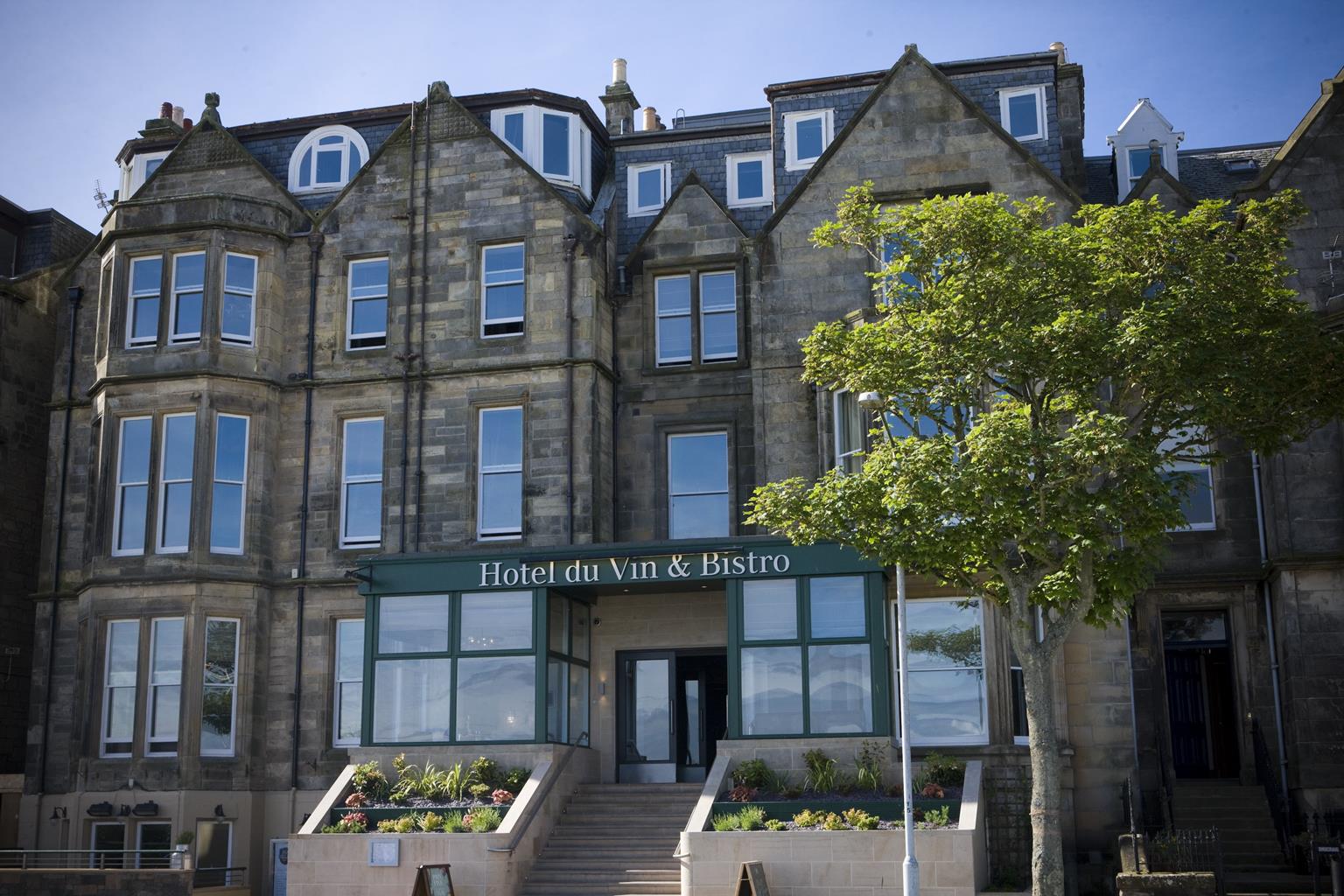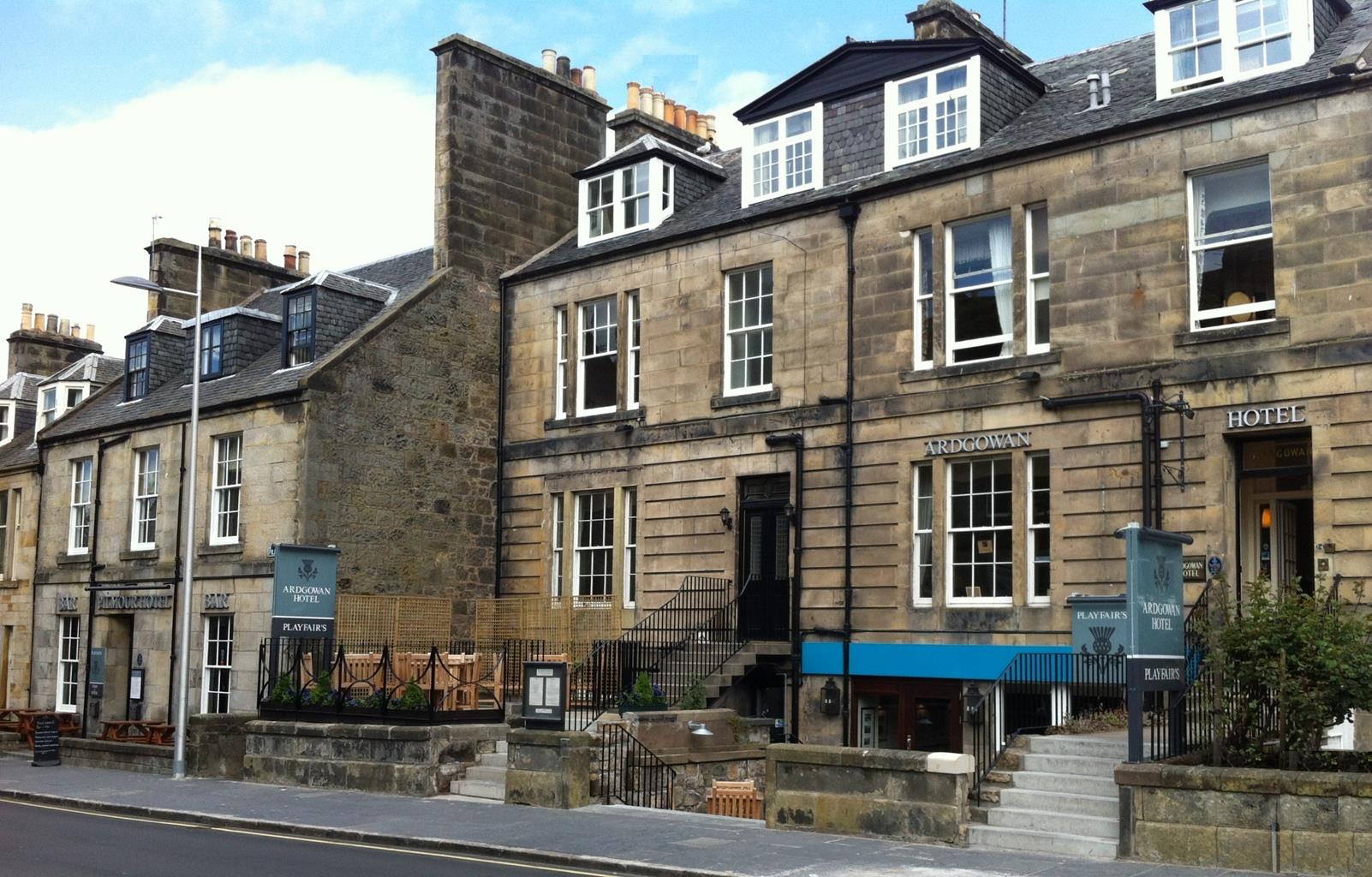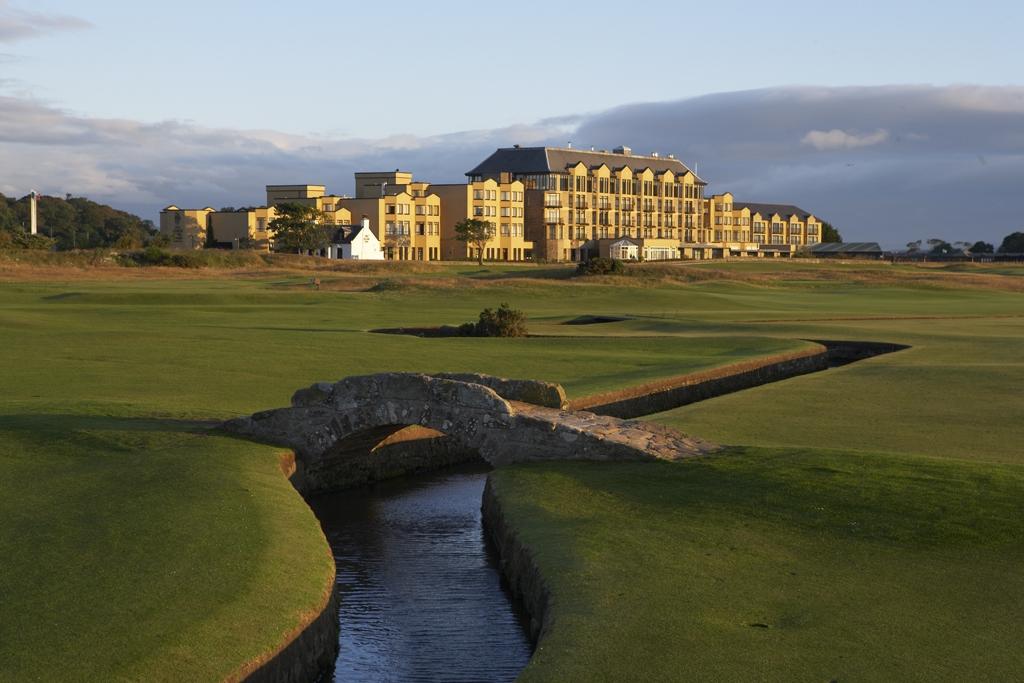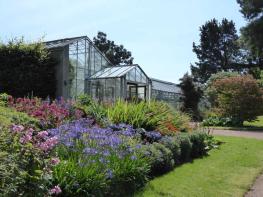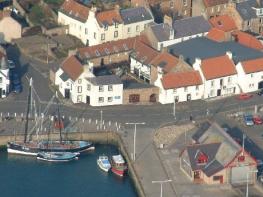Hotel du Vin St Andrews is stylish, modern and welcoming. There has been a hotel here for some…
A circuit of St Andrews

On this easy town trail, discover an ancient university, which observes some very strange traditions
5.5 miles (8.9kms)
About the walk
St Andrews is famous for two particular things – as the home of golf and of an ancient university. A small town on the Fife coast, it has an atmosphere all its own and feels quite unlike any other town in Scotland.
Reasons for raisins
The university was established in 1410 and is the oldest in Scotland, and third oldest in Britain – after Oxford and Cambridge. The first faculties established here were theology, canon law, civil law, medicine and arts, with theology being of particular importance.
In medieval times students could enter the university as young as 13, and a system of seniority soon arose among the student body. New students were known as bejaunus, from the French bec-jaune or fledgling, and were initiated into the fraternity on Raisin Monday, when they were expected to produce a pound of raisins in return for a cheeky receipt. The tradition persists today, with bejants, as they are now known (females are bejantines), being taken under the wings of older students who become their 'academic parents'. On Raisin Sunday, in November, academic 'fathers' take their charges out to get thoroughly drunk. The next day, Raisin Monday, the 'mothers' put them in fancy dress before they and their hangovers congregate in St Salvator's quad for a flour and egg fight.
Elizabeth Garrett, the first woman in Britain to qualify as a doctor, was allowed to matriculate at St Andrews in 1862 but was then rejected after the Senate declared her enrolment illegal. Following this the university made efforts to encourage the education of women, who were finally allowed full membership of the university in 1892. In 1866 Elizabeth Garrett established a dispensary for women in London, which later became the famous Elizabeth Garrett Anderson Hospital.
Treasured traditions
The university is proud of its traditions and, as you walk around the streets today, you might well spot students wearing their distinctive scarlet gowns. These were introduced after 1640 and some say they were brightly coloured so that students could be spotted when entering the local brothels. They are made of a woolly fabric with a velvet yoke. Traditionally, first-year students wear them over both shoulders, gradually casting them off each year, until in their fourth and final year the gowns hang down, almost dragging behind them. Other university traditions include a Sunday walk along the pier after church and a mass dawn swim in the sea on May morning (1 May). Given the icy nature of the waters, this is not an activity to be attempted by the faint-hearted.
Walk directions
With the Martyrs' Monument on The Scores in front of you, walk past the bandstand. At the end of the road turn right, then walk past the main building for the Royal and Ancient Golf Club on your left to the R&A World Golf Museum, then immediately turn left to pass the Old Pavilion. Shortly join West Sands Road, past a large parking area and The Links Clubhouse, then bear right at Dooks Café to the beach.
Your route now takes you along the West Sands. Walk as far as you choose, then either retrace your steps along the beach or take one of the paths through the dunes to join the tarmac road. Walk back to the R&A World Golf Museum on the main road to reach the Dunvegan Hotel and the junction with North Street.
Turn left along North Street and in about 500yds (457m) to St Salvator’s Chapel. Take a peek through the archway at the serene quadrangle and look at the initials PH in the cobbles outside. They commemorate Patrick Hamilton, who was martyred here in 1528 – they say students who tread on the site will fail their exams. Now cross over into College Street and walk to the end.
Turn right and walk along Market Street. At the corner turn left along Bell Street, then left again on South Street. Opposite Holy Trinity Church, turn right down Queen’s Gardens to reach Queen’s Terrace.
Turn right then immediately left down steeply sloping Dempster Terrace. At the end cross Kinness Burn, turn left onto Kinnessburn Road and walk to the main road. Cross over and walk along Glebe Road. At the park, take the path that bears left, walk past the play area and up to Woodburn Terrace.
Turn left then shortly turn left again to join St Mary Street and cross over the main road to follow Woodburn Place down towards the beach. Just before the slipway, turn left along a tarmac path. Cross over the footbridge and join the road.
Bear right for a few paces, then ascend the steps on the left. These bring you up to the remains of a church and on to the famous ruined cathedral. A gate in the wall on the left gives access to the site if you wish to visit it.
Your route then follows the beachfront past the ancient castle on the right. A former palace/fortress, it was at the forefront of the Reformation – John Knox preached here. Pass the Castle Visitor Centre, then continue along The Scores to return to the car park at the start.
Additional information
Ancient streets and golden sands
Historic university town and windy seascapes
Dogs not permitted on beach
OS Explorer 371 St Andrews & East Fife
Free parking along The Scores, otherwise several car parks
Several close to beach
WALKING IN SAFETY
Read our tips to look after yourself and the environment when following this walk.
Find out more
Also in the area
About the area
Discover Fife
This 20-mile wide peninsula between the Firth of Forth and the Firth of Tay is an ancient kingdom, once the home of Scotland’s kings and saints. Despite its modern bridges it still seems curiously detached from the rest of the country. Travelling along Fife’s grand coastline reveals a fascinating legacy of caves, castles, and ancient fishing ports. Blend coast and countryside by following stretches of the Fife Coastal Path, or take an exhilarating trek in the Fife Regional Park.
St Andrews has a unique place in Scotland’s heritage. According to legend, the city was founded by St Regulus in the 4th century, who was carrying relics of St Andrew, patron saint of Scotland, when his ship was wrecked off the coast. Thereafter, the town grew as an important religious centre, eventually home to the largest church in Scotland, now an attractive ruin, with the powerful bishops wielding great influence over church and state. Today, St Andrews is famous for its university, the oldest in Scotland, and as a world golfing mecca. The Old Course at the Royal and Ancient Golf Club claims to have 15th century origins and to play a round on these hallowed links is many golfers’ dream.
Nearby stays
Restaurants and Pubs
Nearby experiences
Recommended things to do
Why choose Rated Trips?
Your trusted guide to rated places across the UK
The best coverage
Discover more than 15,000 professionally rated places to stay, eat and visit from across the UK and Ireland.
Quality assured
Choose a place to stay safe in the knowledge that it has been expertly assessed by trained assessors.
Plan your next trip
Search by location or the type of place you're visiting to find your next ideal holiday experience.
Travel inspiration
Read our articles, city guides and recommended things to do for inspiration. We're here to help you explore the UK.






